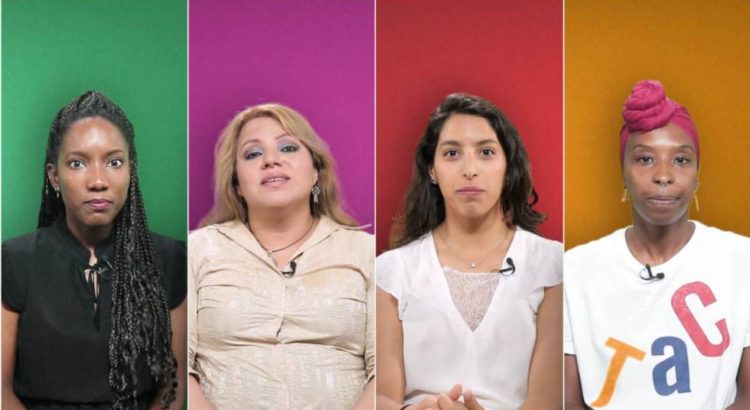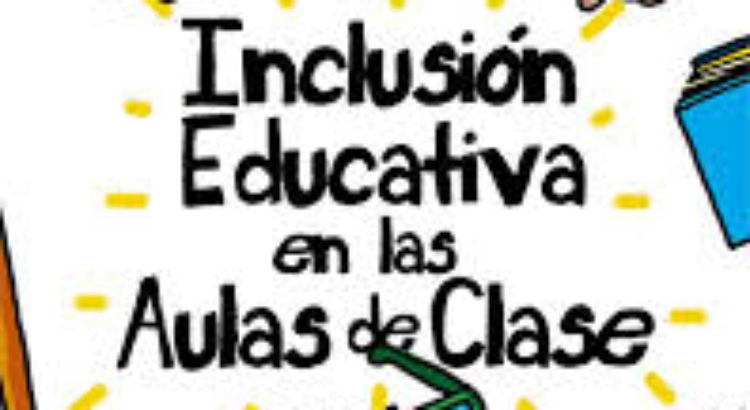18 Julio 2019/Fuente: El país
Cuatro mujeres de distinto origen, religión, raza, identidad de género y orientación sexual explican por qué creen que el movimiento no incluye sus reclamos
Hay algo que une a las cuatro protagonistas de esta historia: todas son feministas, pero no sienten que el movimiento las represente. O al menos no por completo. En su vida diaria no las discriminan solo por ser mujeres, sino también por ser migrantes, no ser blancas o tener una orientación sexual diferente. Consideran que el feminismo debe tener en cuenta estas cuestiones para abarcar las problemáticas de todas las mujeres. “No se nos escucha y se nos dice cómo tiene que ser nuestro feminismo”, dice la profesora Zenib Laari.
El debate no es nuevo. Ya en los años 80, la activista Angela Davis publicó el libro Mujeres, raza y clase que criticaba cómo el movimiento feminista dejaba sistemáticamente fuera a las mujeres afroamericanas y de clase baja. Y en las últimas semanas el fraccionamiento del feminismo ha vuelto a estar de actualidad en España. Durante unas charlas organizadas por la escuela feminista Rosario Acuña en Gijón, la filósofa Amelia Valcárcel afirmó que la teoría queer es un “troyano” que puede destruir la lucha por la igualdad de las mujeres. En seguida, la FELGTB la acusó de marginar a las mujeres transexuales de la lucha feminista. Días después, la secretaria de Igualdad del PSOE y vicepresidenta del Gobierno en funciones, Carmen Calvo, aseguró que el feminismo «no» es de «todas» sino que está vinculado al pensamiento socialista.
La interseccionalidad es una forma de abordar este problema. El término, acuñado por la profesora de la Universidad de Columbia (EE UU) Kimberlé Williams Crenshaw, contempla que una mujer puede estar oprimida por distintos elementos. La profesora lo ejemplifica con una imagen muy concreta. Para ella, el racismo, el sexismo, el clasismo o la homofobia son ejes que atraviesan nuestra cultura. “Pensad en calles que van del norte al sur y del este al oeste y que el tráfico es la discriminación que las atraviesa. Algunas personas viven en esas intersecciones”. El problema se agrava cuando los movimientos sociales que apelan a esas personas solo tienen en cuenta una de esas intersecciones y obvian las demás.
Hay un momento clave en el que el feminismo se fraccionó, para la artista y miembro de Afrogalegas Artemisa Semedo. Cuando a principios de los años veinte las sufragistas lograron el derecho a voto para la mujer en EE UU, las afroamericanas quedaron fuera. “Ese voto solo lo lograron las mujeres blancas y de clase media. Cuando las feministas negras aún estaban luchando por el reconocimiento de sus derechos básicos”, afirma Semedo. Y tuvieron que esperar 45 años más para que se eliminara la limitación del derecho a voto de los negros. Para retratar ese comienzo del afrofeminismo, la publicista Georgina Marcelino emplea la célebre frase de la activista negra Sojourner Truth: “¿Acaso no soy yo una mujer?”.
Tanto Georgina como Semedo creen que esa división sigue presente en el feminismo. Ninguna de las dos acudió a la manifestación del 8 de marzo porque sintieron que su presencia era requerida por distintos grupos feministas de una manera superficial. “Nos invitaron a participar a última hora, para darle un toque de color a la marcha, pero no nos escucharon”, explica Semedo. A Artemisa le habría gustado explicar que no se enfrenta a los mismos problemas una mujer española de clase media que una mujer migrante, negra, de clase baja, que no es heterosexual. Y a Georgina, que hace unas semanas moderó una mesa de debate en el Festival Antirracista que trataba este tema, le habría gustado entender por qué, mientras algunas mujeres iban a la marcha, muchas de las que limpiaban sus casas y cuidaban a sus hijos no pudieron hacer paro.
Ana María Pérez del Campo, feminista pionera durante el franquismo y la transición, cree que el feminismo lucha contra la desigualdad con independencia de que la mujer sea pobre, rica, blanca o negra. «Las mujeres tenemos la lucha perdida desde que nacimos. Y dar la batalla es tener la capacidad de unirnos». Admite que el feminismo aún no ha conquistado derechos al mismo nivel para todas las mujeres. «Ahí esta la razón para seguir luchando por la igualdad», remata. Para Lola Pérez, sexóloga y feminista, la crítica de las mujeres pertenecientes a las minorías es lícita. «Las feministas que están en el poder están muy cómodas en sus sillones y a veces no les interesa tener en cuenta a otras mujeres», explica.
Zenib Laari, hija de marroquíes, señala que el feminismo hegemónico no da cabida a las mujeres árabes y/o musulmanas. “No nos escuchan y nos dicen cómo tiene que ser nuestro feminismo”. Un punto de controversia entre ambos feminismos es el uso del hiyab o velo islámico. Algunas feministas, como la argelina Wassyla Tamzali, creen que llevar velo y ser feminista es incompatible. Y para Zenib, existe más de un único motivo para portar el velo. “Muchas veces, en Europa, las mujeres musulmanas lo usan como un símbolo de identidad por el que sufrimos discriminación pero que dice qué somos y qué queremos ser”. Aunque Zenib no lo usa normalmente, fue con velo a la marcha del 8M para demandar un feminismo interseccional.
Otro de los motivos que la llevó a reflexionar sobre el alejamiento entre el feminismo y la comunidad árabe fue el caso de la denuncia de abuso sexual y explotación laboral de las temporeras marroquíes en los campos de la fresa de Huelva. «No se le dio la importancia que debía porque eran mujeres analfabetas, migrantes y pobres», sentencia.
Fabiana Castro, una migrante mexicana y transexual, explica que su activismo se centra en buscar aliadas. Pese a que denuncia que en múltiples ocasiones ha sido excluida por no ser considerada mujer, o no se ha tenido en cuenta su realidad como mujer latina y migrante, cree firmemente en la sororidad como motor de progreso en los derechos de todas. “Si se usan nuestras interseccionalidades como pretexto para apartarse, muy difícilmente vamos a cambiar el mundo”.
Las cuatro coinciden en que el techo de cristal es un concepto que no les atañe a las mujeres ‘racializadas’ porque para poder llegar a puestos de responsabilidad, primero tienen que resolver asuntos básicos como el acceso a la vivienda, a un puesto de trabajo o a una regularización administrativa. Fabiana Castro cuenta que las mujeres transexuales tienen una tasa elevada de paro. Aunque ella estudió Ciencias de la Comunicación en su país, en España trabaja esporádicamente como limpiadora y en alguna ocasión se ha visto obligada a ejercer la prostitución. “Algunas mujeres blancas, frente al techo de cristal, están en el suelo. Nosotras estamos una serie de sótanos por debajo del suelo”, concluye Marcelino.
Fuente e imagen: https://elpais.com/sociedad/2019/07/15/actualidad/1563209191_774437.html









 Users Today : 7
Users Today : 7 Total Users : 35460216
Total Users : 35460216 Views Today : 10
Views Today : 10 Total views : 3418905
Total views : 3418905